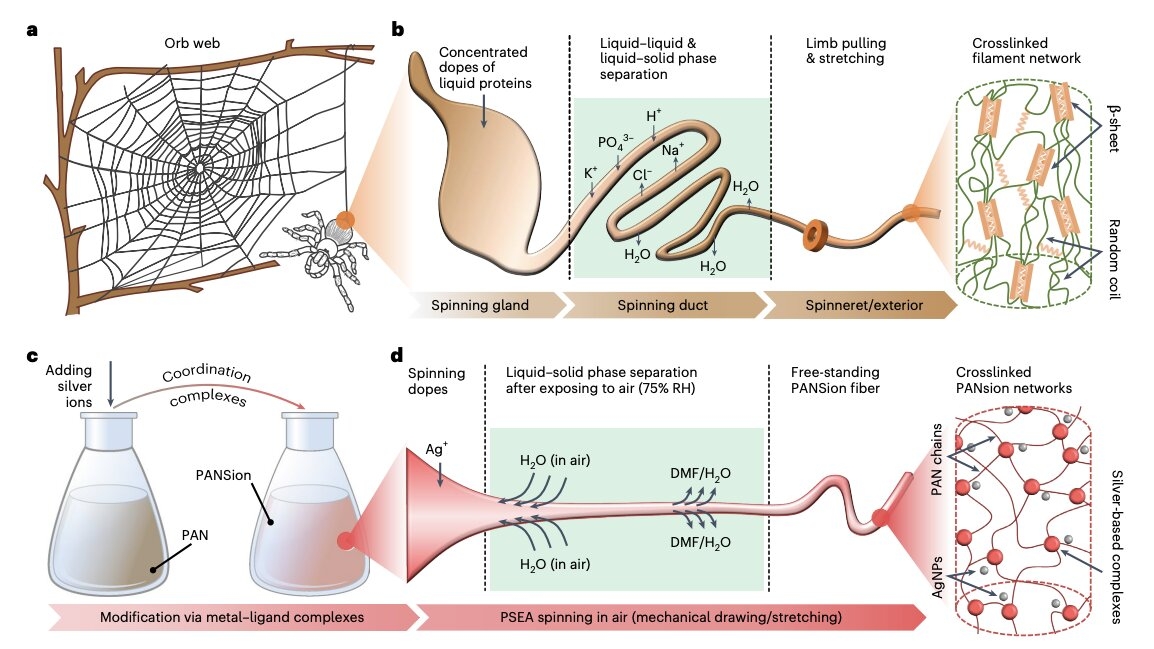
Imagine a world where your clothes are not just a fashion statement, but also a powerful computing device. A team of electrical engineers and fabric scientists have developed a revolutionary technique to create electronic fibers that can be woven into functional garments. These fibers are capable of gathering, processing, and storing information, and have the potential to lead to wearable computers.
Revolutionizing Wearable Technology
The researchers have successfully fabricated long, flexible fibers with intact light-detecting and electronic properties. This was demonstrated by a prototype beanie that senses changing traffic lights. The method involves placing silicon and germanium inside glass cladding and then embedding the semiconductor cores inside a polymer layer. This makes the fibers flexible and durable. This innovative technique has the potential to revolutionize wearable technology and pave the way for larger-scale production of semiconductor fibers.
Functional Garments for a Digital Age
Imagine a hat that tells its wearer when it’s safe to cross the road, a sweater that incorporates silicon optoelectronic fibers, or a flexible watchband that monitors your heart rate. These are just a few of the potential applications of this new technology. Researchers have developed a method that creates long flexible fibers with intact light detecting and electronic properties, as proven by the woven beanie. The fibers are super flexible and can be knitted or woven with fabrics such as cotton, wool, or silk into functional textiles.
Wearable Technology and Artificial Intelligence
Researchers from Singapore and China have developed optoelectronic fibers with impressive tensile strengths, suitable for weaving into fabrics and integrating into everyday items. Real-world applications include a hat with interknitted germanium optoelectronic fibers capable of sensing infrared light and a flexible watchband with light-emitting diodes and an interwoven silicon fiber that measures heart pulses. Further advancements include the development of wearable and interactive photochromic fibers that provide uniform multicolored light control. Artificial intelligence plays a crucial role in the innovation of optoelectronic fibers, with recent advances in AI leading to the optimization and reverse designing of photonic crystal fibers.
The Role of Two-Dimensional Nanomaterials
Recent advances in two-dimensional nanomaterials show great promise for flexible wearable electronics. They have potential in energy, optoelectronics, and electronics. The development of multimodal sensors that can simultaneously monitor multiple signals and integrate with self-powered systems, wireless transmission systems, etc. will facilitate the widespread use of wearable sensors in personal health management and home-based diagnosis. Graphene-based flexible wearable sensors have been employed to detect a wide array of physical, chemical, and physiological parameters.
Looking Ahead
The future of wearable technology is promising. The research progress of intelligent leather-based wearable composites focuses on the preparation methods and application directions in recent years. It highlights the challenges that leather composites will face in practical applications and proposes future research directions. It introduces several common and efficient preparation methods for constructing intelligent leather composites and focuses on their applications in flexible sensors, electromagnetic interference shielding, flame retardant body safeguarding, thermoregulatory clothing, and other aspects. These advancements have the potential to make significant impacts in various industries such as telecommunications, healthcare, and aerospace.
